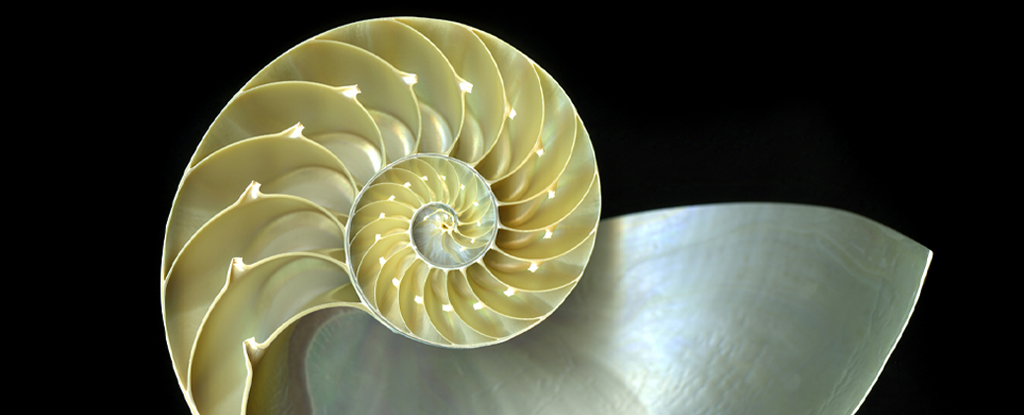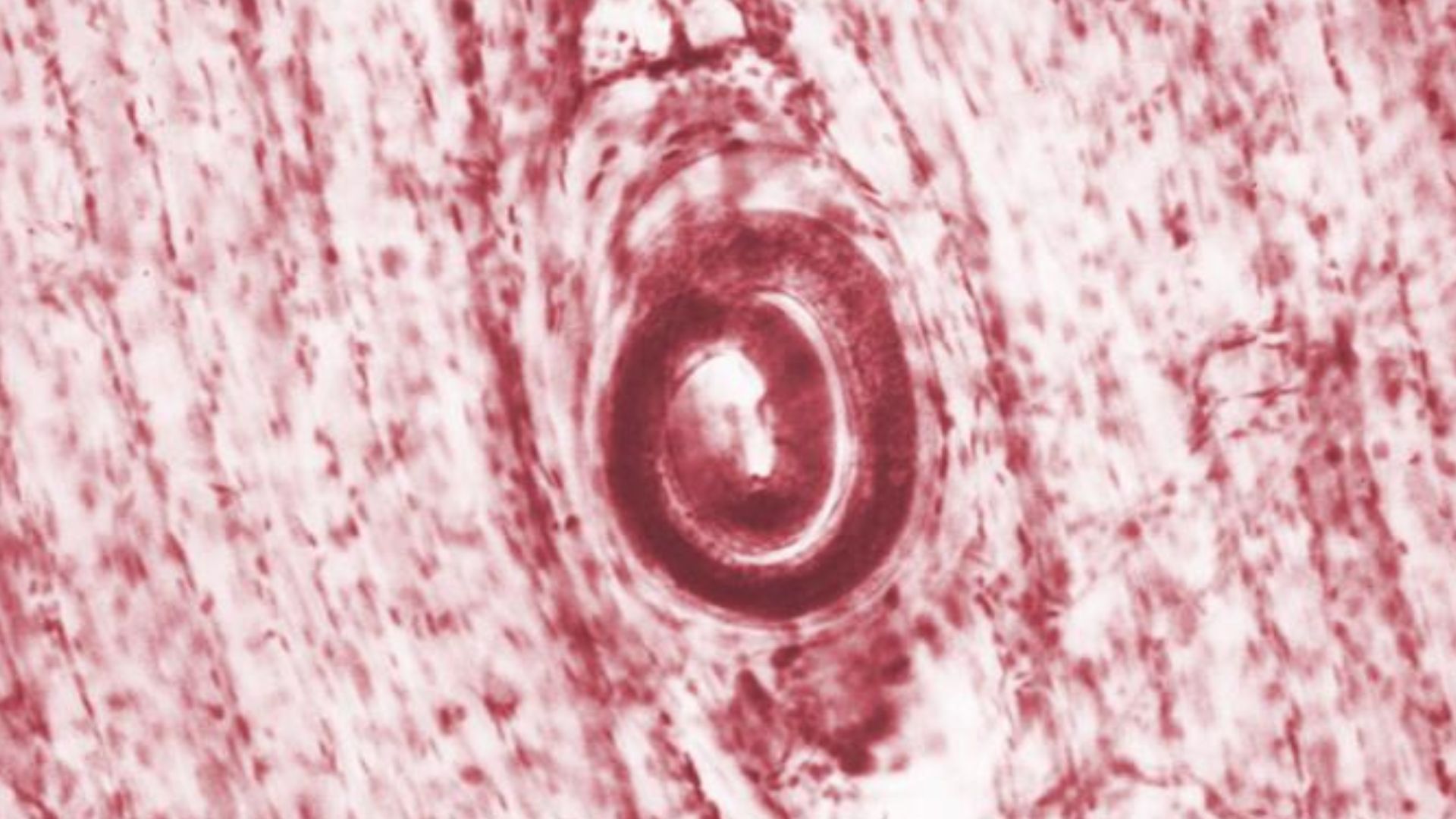Applied Sciences, Vol. 14, Pages 3557: Influence of Transport Distance, Animal Weight, and Muscle Position on the Quality Factors of Meat of Young Bulls during the Summer Months
Applied Sciences doi: 10.3390/app14093557
Authors: Alejandro Poveda-Arteaga Alexander Bobe Johannes Krell Volker Heinz Nino Terjung Igor Tomasevic Monika Gibis
This study investigated the potential effects of transport distance, animal weight, and muscle position on meat quality in young bulls under commercial conditions across four slaughtering weeks during the summer months (May to September). Data on transport distance, lairage time, and ambient temperature during slaughtering days were collected from 80 young bulls from North German farms. Meat quality parameters, including pH, temperature, and meat color were also recorded at several post-mortem times from two different carcass locations (shoulder clod and silverside). Meat texture was evaluated both by sensory and instrumental analysis, and their values were compared to find possible correlations between them. All of the aforementioned main factors (transport distance, animal weight, and muscle position), as well as the interaction between animal weight and transport distance, significantly influenced (p < 0.01) meat quality traits. The results of the assessment of the meat texture from the cooked meat patties suggested that silverside cuts were consistently harder than shoulder clod cuts, despite having lower pH48 values.

 1 month ago
23
1 month ago
23


